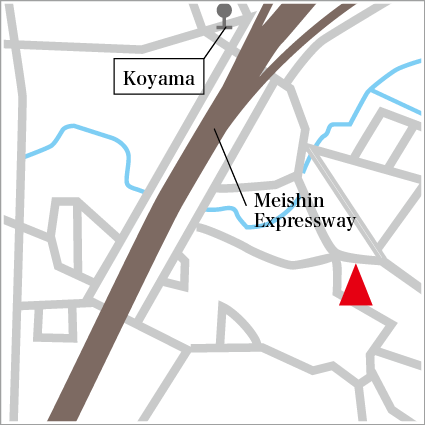Kyoto Country Tool Museum
- Highlight
- All exhibits come with illustrations and photos to show how they were used
Learn how the masses lived and how their lives changed
The founder of this museum originally worked as a teacher in Kyoto and often used old farm implements from home as teaching tools in social study classes. This highlighted the significance of actually examining real objects and became the catalyst for opening the museum.
Today, based on the ideal of showing modern generations the actual tools of everyday people from the past, the museum has a collection of some 3,000 day-to-day implements from years gone by. On the 1st floor, there are agricultural tools for rice planting, threshing and polishing as well as weaving equipment. Notably, the agricultural exhibits, such as a must-see water treadwheel and thresher, allow visitors to see the massive changes and advances in farming over the ages. The theme on the 2nd floor is food, clothing and shelter. Here, there are many utensils that have been used in daily life. In the annex building the theme is commerce, with the exhibits being the tools of business.
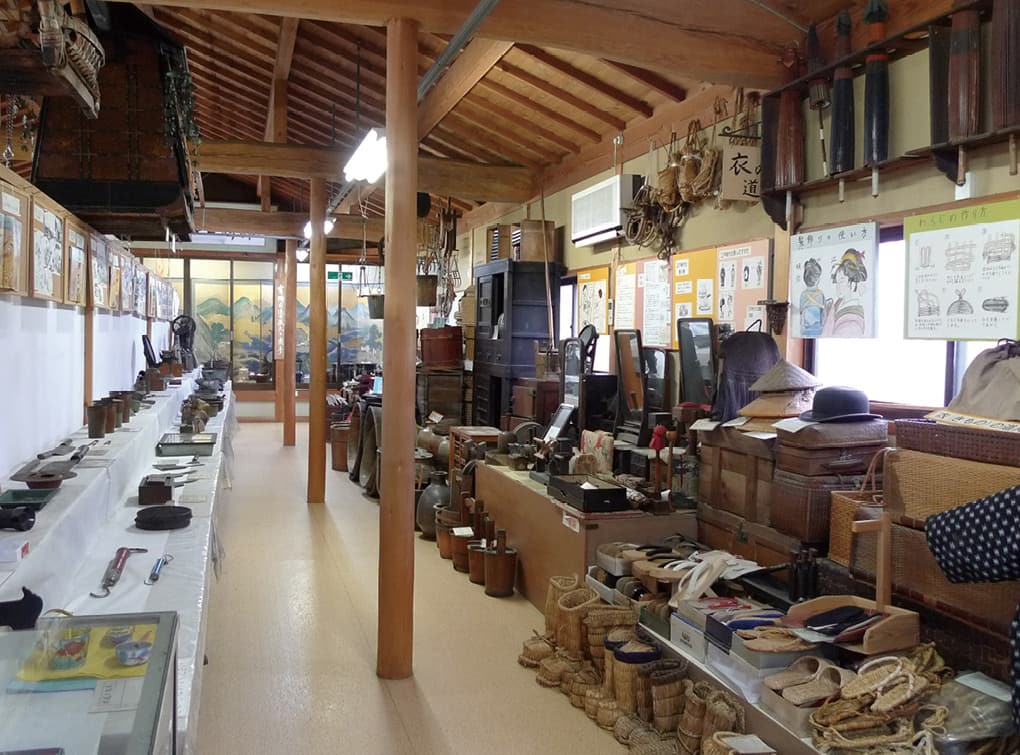
Exterior of museum
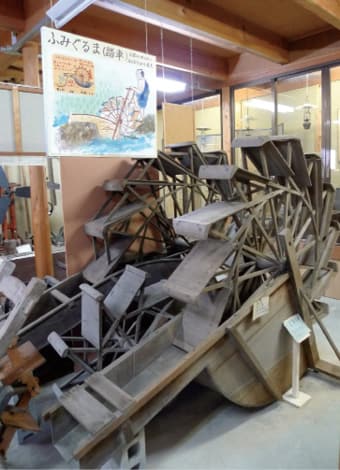
Water treadwheel
Who first used the word “mingu” (folk-tools)?
| Address | 2 Koyama Ogawa-cho, Yamashina-ku |
|---|---|
| TEL | 075-501-8862 |
| FAX | 075-501-8862 |
| Hours | 9:00 ~ 16:30(entry by 16:00) |
| Closed | Mon, 29/12~3/1 |
| Adm | Adults ¥500, Junior high and high school students ¥400, Elementary school students ¥300 |
| Access | A 5-min walk from Koyama Stop of Keihan Bus |
| Parking | Available (Free) |
Facilities near by
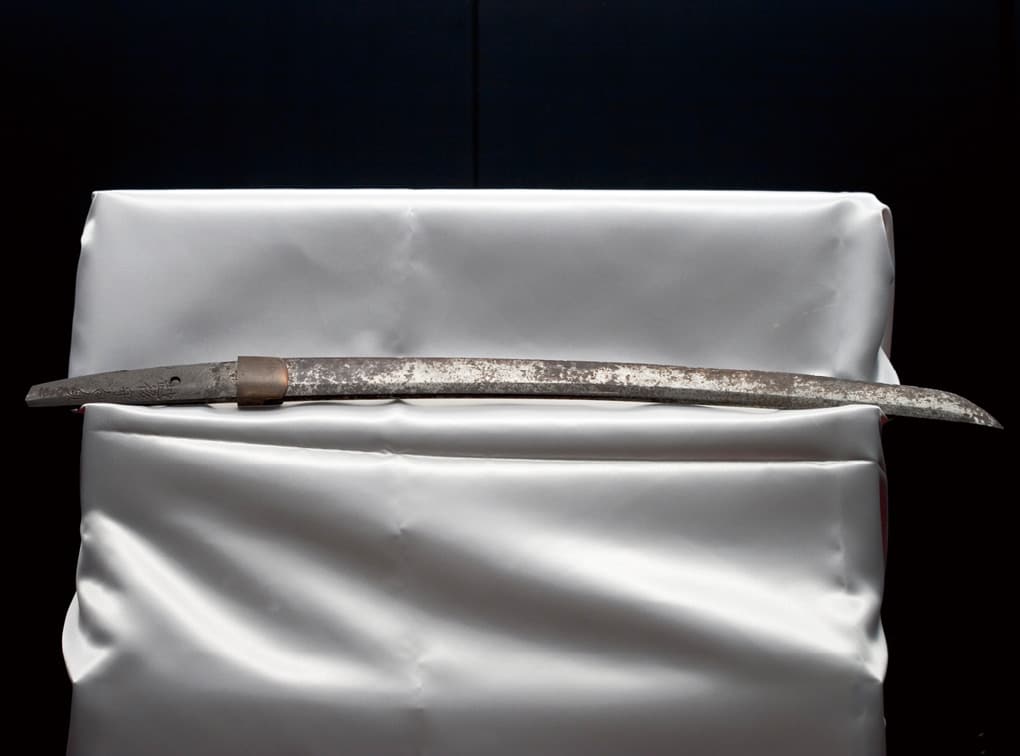
Ryozen Museum of History
Precious material telling the story of both pro and anti restoration factions
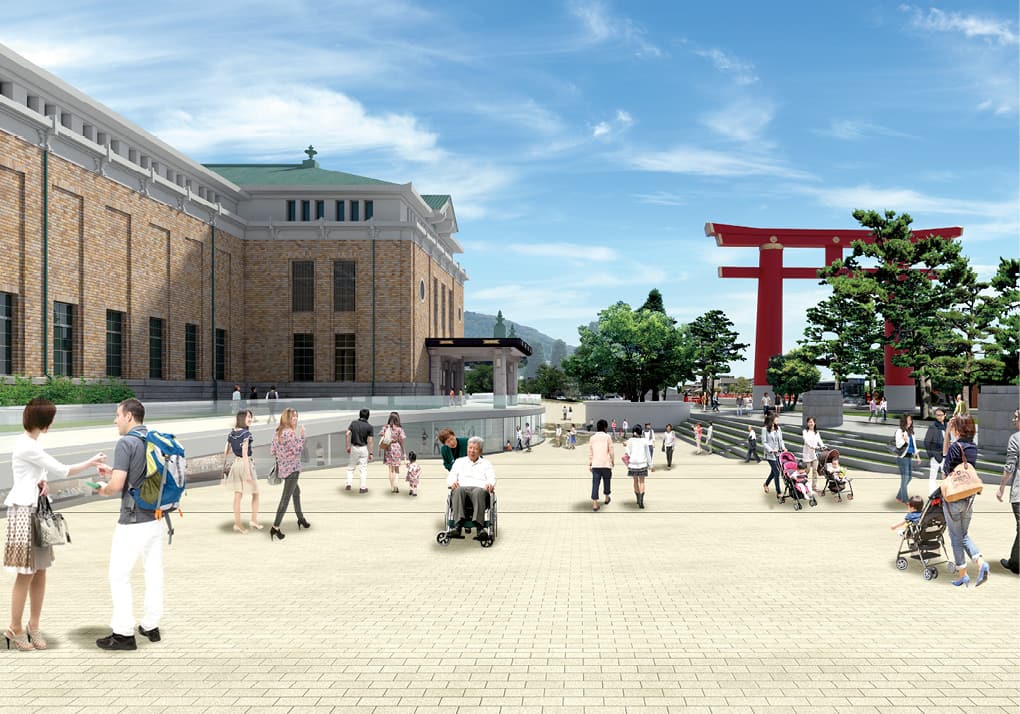
Kyoto City Museum of Art (Kyoto City KYOCERA Museum of Art)
Renewed bastion of Japanese art, including famed works from Kyoto Gadan and others
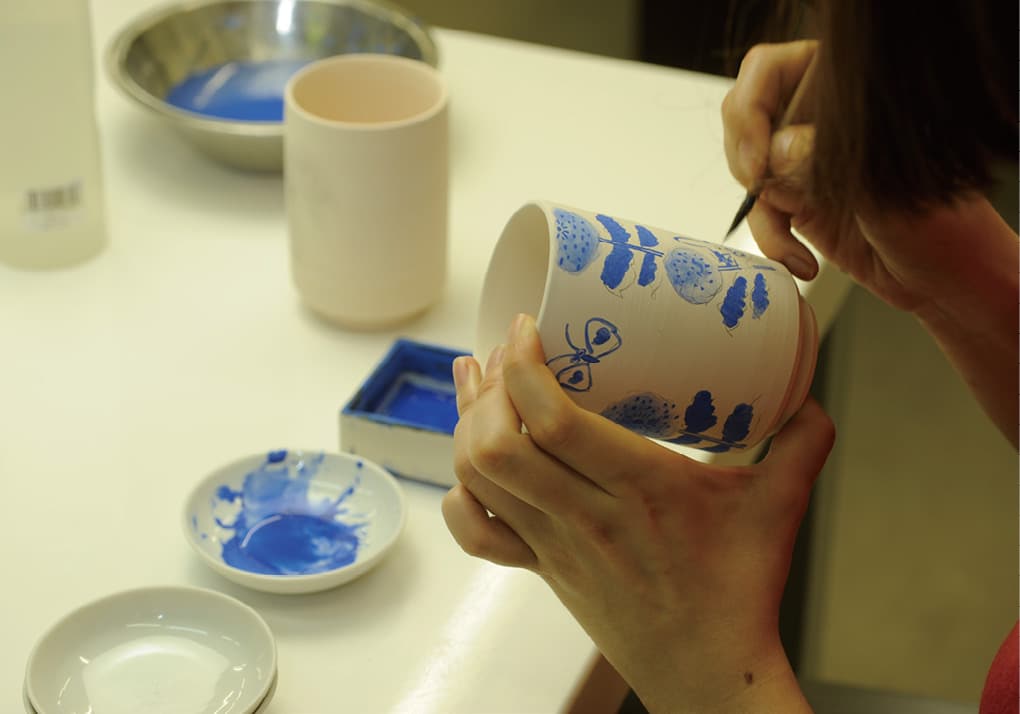
Kyoto Seiyokai Hall
Courses to experience Kiyomizu pottery
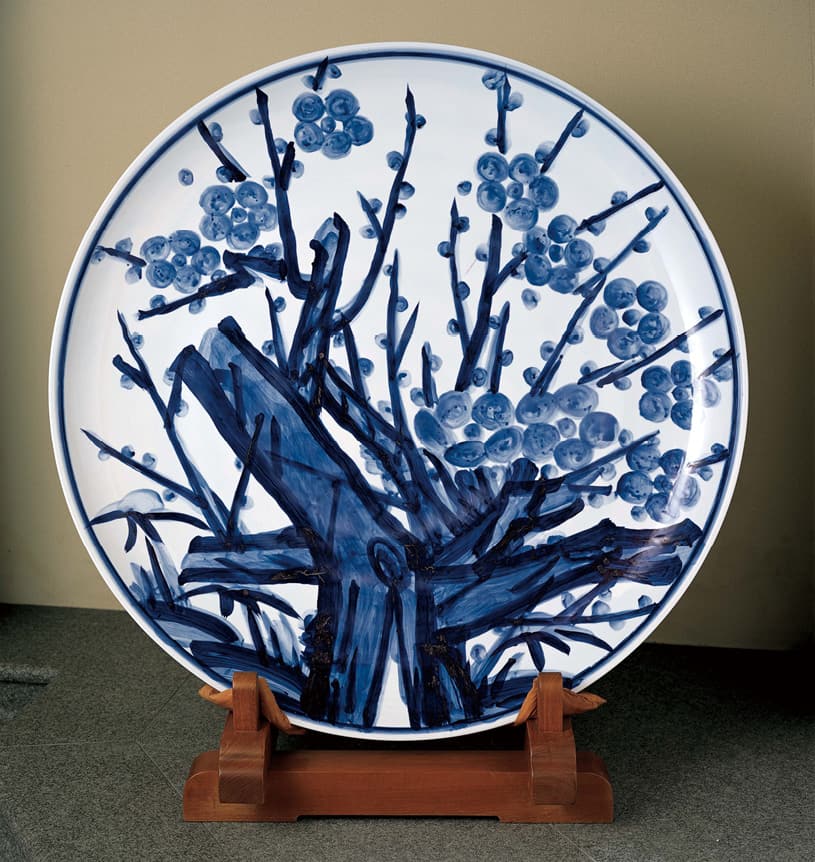
KONDO Museum
“Tradition and Innovation” in blue-on-white porcelain

